Are you looking for some exercises that will help you tone your body? Well, look no further because we’ve got just what you need! Have you ever heard of exercises that start with the letter I? If not, get ready to learn about 10 incredible exercises that will help you get toned and feeling great!
In this article, we’ll dive into the world of fitness and explore 10 exercises that begin with the letter I. From innovative core workouts to intense interval training, these exercises are sure to challenge your body and give you the results you desire.
Whether you’re a beginner or a seasoned pro, there’s something for everyone on this list. So, get ready to sweat and get toned with these 10 I exercises! To learn more about each exercise and how to incorporate them into your workout routine, keep reading!
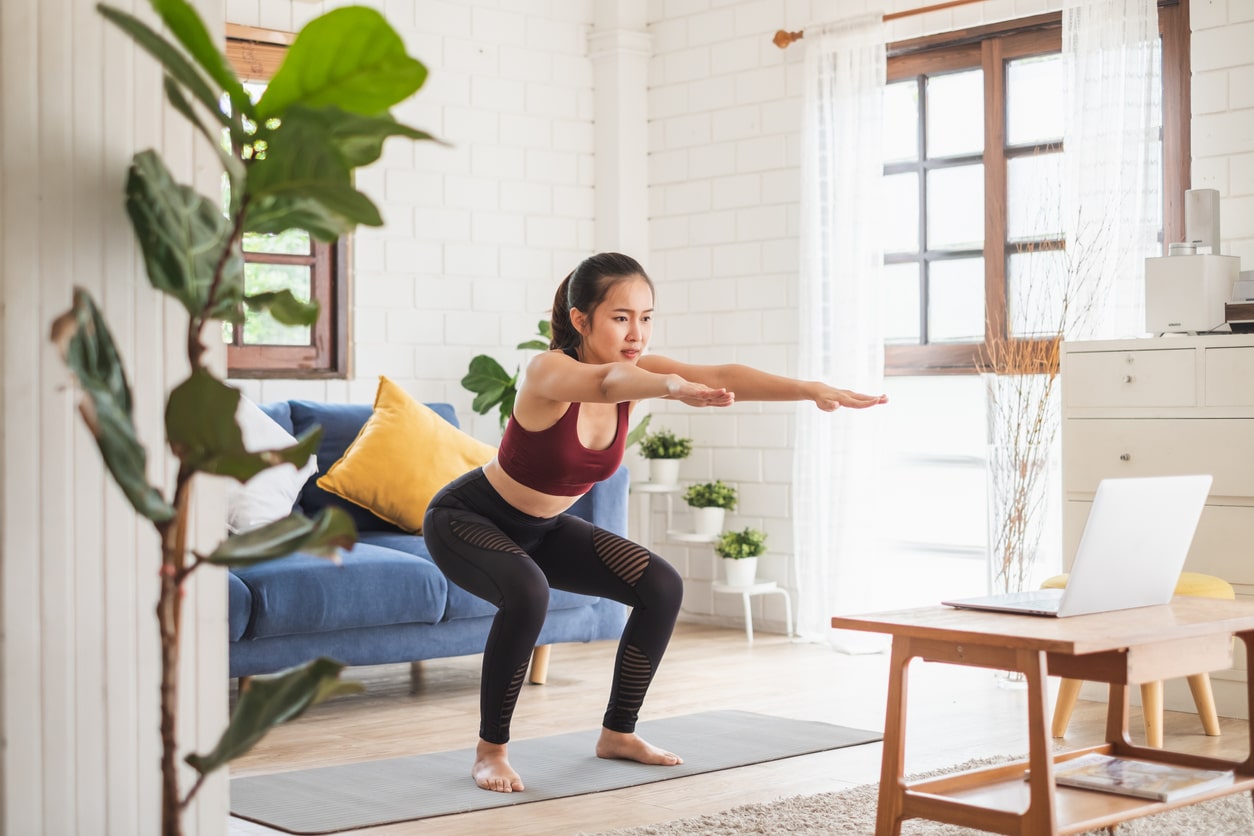
Exercise #1: Inchworms
Description of Inchworms
Inchworms are a bodyweight exercise that target multiple muscle groups, including the arms, shoulders, core, and legs. This exercise gets its name from the movement pattern that mimics the crawling motion of an inchworm. To perform inchworms, start in a standing position with your feet hip-width apart.
Benefits of Inchworms
Inchworms offer several benefits for toning and strengthening the body. Firstly, they engage the core muscles, helping to improve stability and posture. Additionally, inchworms involve the upper body muscles, such as the biceps, triceps, and shoulders, leading to increased upper body strength. Lastly, inchworms also target the legs, specifically the hamstrings and glutes, helping to tone and strengthen these areas.
How to do Inchworms correctly
- Begin in a standing position with your feet hip-width apart.
- Bend forward at the waist and place your hands on the floor in front of you.
- Walk your hands forward until you are in a high plank position, with your body in a straight line from head to toe.
- From the high plank position, begin walking your feet forward toward your hands.
- Continue this walking motion until your feet are close to your hands and your body is in a forward fold position.
- Reverse the motion by walking your hands back out to a high plank position.
- Continue the walking motion until you return to the starting position.
- Repeat for the desired number of repetitions.
Tips for maximizing the effectiveness of Inchworms
- Engage your core throughout the exercise to maintain stability and control.
- Focus on maintaining a straight line from head to toe in the high plank position.
- Keep your movements controlled and avoid rushing through the exercise.
- To increase the challenge, you can incorporate a push-up when in the high plank position.
Exercise #2: Isometric Exercises
Definition and explanation of Isometric Exercises
Isometric exercises are a type of strength training exercise where the muscles are contracted without any movement at the joints. These exercises involve holding a static position for a certain amount of time, which creates tension in the targeted muscles. Unlike dynamic exercises that involve movement, isometric exercises focus on improving muscle endurance and stability.
Benefits of Isometric Exercises
Isometric exercises offer several benefits for toning and strengthening the body. Firstly, they can improve muscle endurance, allowing you to perform everyday tasks with less fatigue. Isometric exercises also increase muscular strength, as they require the muscles to generate force against an immovable object or hold a position against gravity. Additionally, these exercises can help improve joint stability and promote better posture.
Examples of Isometric Exercises
- Plank: Assume a high plank position, with your body in a straight line from head to toe. Hold this position for a certain amount of time, focusing on engaging your core and maintaining a neutral spine.
- Wall Sit: Stand with your back against a wall and lower yourself into a seated position, as if you are sitting in an imaginary chair. Hold this position for a certain amount of time, focusing on keeping your thighs parallel to the floor.
- Static Lunge: Step forward into a lunge position with your front knee bent at a 90-degree angle. Hold this position for a certain amount of time, focusing on keeping your front knee in line with your ankle and your back knee slightly above the ground.
How to incorporate Isometric Exercises into your workout routine
Isometric exercises can be incorporated into your workout routine in several ways. They can be used as a warm-up or cooldown activity to activate or stretch the targeted muscles. Alternatively, they can be included in strength training circuits to add variety and challenge. Aim to perform isometric exercises for at least 30 seconds to 1 minute, gradually increasing the duration as your strength and endurance improve.
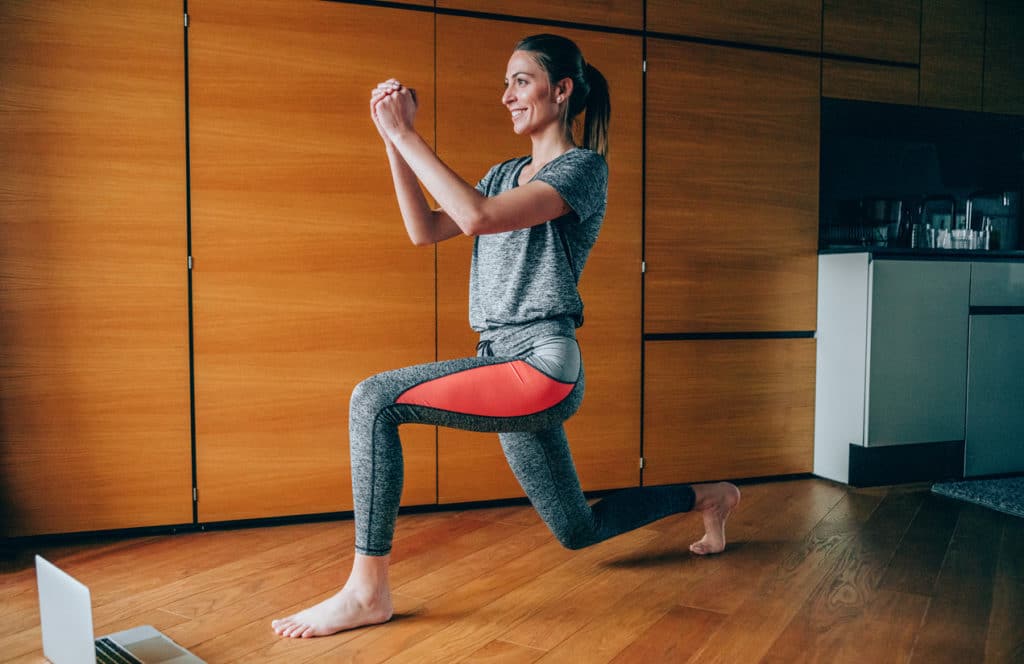
Exercise #3: Inverted Rows
Description and technique of Inverted Rows
Inverted rows, also known as bodyweight rows or reverse push-ups, are a compound exercise that targets the muscles in the upper back, shoulders, and arms. This exercise requires a stable horizontal bar or a suspension trainer, such as TRX straps, to perform. Inverted rows are an effective way to strengthen the back muscles and improve posture.
Muscles worked during Inverted Rows
Inverted rows primarily target the muscles in the upper back, including the latissimus dorsi, rhomboids, and trapezius. Additionally, the secondary muscles worked during this exercise include the biceps, forearms, and rear deltoids.
Variations and progressions of Inverted Rows
- Feet-Elevated Inverted Rows: Elevate your feet on a bench or step to increase the difficulty of the exercise.
- Single-Arm Inverted Rows: Perform the exercise with one arm at a time, focusing on maintaining a stable and controlled movement.
- Weighted Inverted Rows: Use a weight vest or hold a weight plate on your chest to add resistance and increase the challenge.
Safety precautions when performing Inverted Rows
- Ensure that the horizontal bar or suspension trainer is secure and sturdy before attempting this exercise.
- Engage your core and maintain a neutral spine throughout the movement to avoid any excessive strain on your lower back.
- Start with a lower intensity or progression and gradually increase the difficulty as your strength and technique improve.
Exercise #4: Interval Training
Explanation of Interval Training
Interval training is a workout method that alternates between periods of high-intensity exercise and periods of lower-intensity exercise or rest. This type of training is known for its effectiveness in improving cardiovascular fitness, burning calories, and toning the body. The high-intensity intervals push your heart rate to its maximum, while the lower-intensity intervals allow for recovery.
Benefits of Interval Training for toning
Interval training offers several benefits for toning the body. Firstly, the high-intensity intervals stimulate the production of human growth hormone (HGH), which can help promote muscle growth and fat loss. Additionally, interval training increases the overall calorie burn, both during and after the workout, leading to improved body composition. Lastly, interval training helps to challenge and tone different muscle groups, resulting in improved muscle definition.
Sample Interval Training workout plan
- Warm-up: 5-10 minutes of light cardio, such as jogging or cycling.
- High-Intensity Interval: Perform a high-intensity exercise, such as sprinting or burpees, for 20-30 seconds.
- Low-Intensity Interval: Perform a low-intensity exercise, such as a slow jog or walking, for 40-60 seconds.
- Repeat: the high-intensity and low-intensity intervals for a total of 10-15 rounds.
- Cool-down: 5-10 minutes of light cardio, followed by stretching.
Tips for maximizing the effectiveness of Interval Training
- Choose exercises that target multiple muscle groups to maximize calorie burn and overall toning.
- Maintain proper form and technique throughout the high-intensity intervals to prevent injury.
- Gradually increase the intensity and duration of the intervals as your fitness level improves.
- Remember to listen to your body and modify the workout as needed to avoid overexertion.
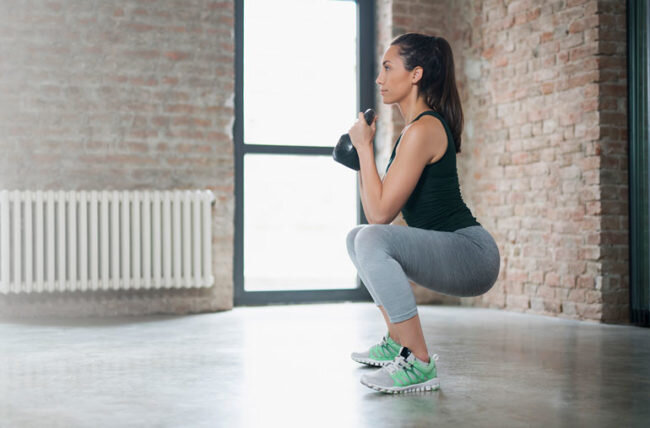
Exercise #5: Icicle Jumps
Description of Icicle Jumps
Icicle jumps, also known as squat jumps, are a plyometric exercise that targets the lower body muscles, primarily the quadriceps, glutes, and calves. This exercise involves explosive jumps from a squat position, enhancing power, and improving muscular endurance.
Muscles targeted during Icicle Jumps
Icicle jumps primarily target the quadriceps, which are the large muscles at the front of the thighs. Additionally, this exercise also engages the glutes, hamstrings, calves, and hip muscles.
How to perform Icicle Jumps correctly
- Stand with your feet shoulder-width apart.
- Lower your body into a squat position, keeping your knees behind your toes and your weight in your heels.
- Explosively jump upwards, extending your hips, knees, and ankles.
- As you land, immediately lower back into a squat position and repeat the jump.
- Aim to perform the jumps in a controlled and fluid motion, minimizing any pause between each jump.
Different variations and modifications of Icicle Jumps
- Box Jumps: Perform the jumps onto a raised platform or box, increasing the challenge and requiring greater explosiveness.
- Tuck Jumps: Bring your knees up toward your chest as you jump, engaging the abdominal muscles and increasing the intensity of the exercise.
- Alternating Lunge Jumps: Perform a lunge jump, alternating between the left and right leg, to engage the glutes and add variety to your workout.
Exercise #6: Isolated Bicep Curls
Explanation of Isolated Bicep Curls
Isolated bicep curls are a traditional strength training exercise that target the biceps brachii, which are the muscles located on the front of the upper arm. This exercise is designed to isolate and strengthen the bicep muscles, helping to improve arm definition and strength.
Benefits of Isolated Bicep Curls
Isolated bicep curls offer several benefits for toning and strengthening the arms. Firstly, they directly target the bicep muscles, helping to improve muscle definition and size. Additionally, isolated bicep curls help to improve grip strength and forearm stability. Lastly, this exercise can be easily modified by adjusting the weight used or changing the grip, allowing for progressive overload and continued muscle growth.
Proper form and technique for Isolated Bicep Curls
- Stand with your feet shoulder-width apart and hold a dumbbell in each hand, palms facing forward.
- Keep your upper arms stationary, with elbows tucked in by your sides.
- Slowly curl the weights up towards your shoulders, ensuring that your wrists remain straight.
- Pause at the top of the curl for a brief moment, squeezing your biceps.
- Slowly lower the weights back down to the starting position, fully extending your arms.
- Repeat for the desired number of repetitions.
Tips for maximizing the effectiveness of Isolated Bicep Curls
- Choose an appropriate weight that challenges you but allows you to maintain proper form throughout the exercise.
- Avoid swinging your body or using momentum to lift the weights, as this reduces the effectiveness of the exercise.
- Focus on maintaining a slow and controlled movement, emphasizing the contraction of the bicep muscles.
- Consider incorporating different variations of bicep curls, such as hammer curls or preacher curls, to target the muscles from different angles.
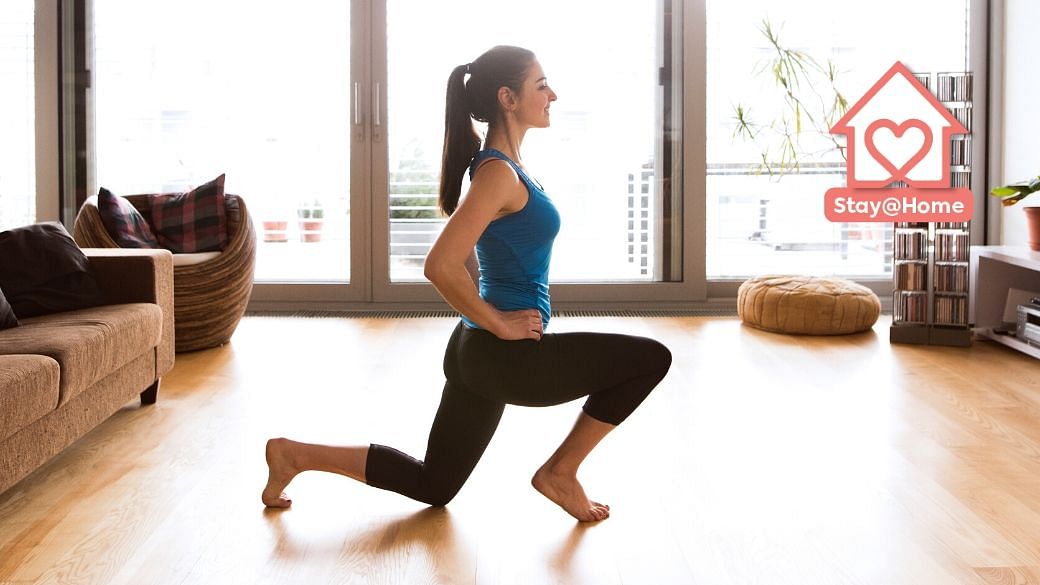
Exercise #7: Incline Push-Ups
Description and benefits of Incline Push-Ups
Incline push-ups are a modified version of traditional push-ups that target the muscles in the chest, shoulders, and triceps. This exercise is performed with the hands positioned on an elevated surface, such as a bench or step, which reduces the amount of bodyweight being lifted. Incline push-ups are an effective way to build upper body strength and gradually progress to full push-ups.
Muscles worked during Incline Push-Ups
Incline push-ups primarily target the muscles in the chest, specifically the pectoralis major and minor. Additionally, this exercise also engages the muscles in the shoulders and triceps.
Variations and progressions of Incline Push-Ups
- Decreasing the incline: As you become stronger, gradually decrease the height of the surface used for the incline push-ups, increasing the challenge.
- Wide grip incline push-ups: Position your hands wider than shoulder-width apart on the elevated surface, targeting the outer portion of the chest.
- One-legged incline push-ups: Perform the exercise with one leg raised off the ground, engaging the core and glutes for additional stability.
Tips for proper form and technique during Incline Push-Ups
- Maintain a straight line from head to toe, engaging your core and glutes throughout the movement.
- Keep your elbows tucked close to your sides, rather than letting them flare out, to focus the work on the chest muscles.
- Lower your chest towards the elevated surface by bending your elbows, aiming to bring your chest as close to the surface as possible.
- Push through your hands and extend your elbows, returning to the starting position. Avoid locking out your elbows at the top of the movement.
Exercise #8: Incline Bench Press
Explanation of Incline Bench Press
The incline bench press is a compound exercise that primarily targets the muscles in the upper chest, shoulders, and triceps. This exercise involves lying on an adjustable bench set to an inclined angle and lifting a barbell or dumbbells from a starting position near the upper chest to a fully extended position above the chest.
Muscles targeted during Incline Bench Press
Incline bench press primarily targets the upper portion of the pectoralis major, which is the large chest muscle. Additionally, this exercise also engages the shoulders, triceps, and other muscles of the upper body for stabilization.
Proper setup and technique for Incline Bench Press
- Adjust the incline bench to your desired angle, typically between 30-45 degrees.
- Lie on the bench with your feet flat on the floor and your back positioned firmly against the bench.
- Grasp the barbell or dumbbells with a grip slightly wider than shoulder-width apart.
- Unrack the weight and lower it slowly towards your upper chest, keeping your elbows at a 45-degree angle.
- Pause briefly when the weight touches your chest, then push the weight back up to the starting position by extending your arms.
- Repeat for the desired number of repetitions.
Benefits and variations of Incline Bench Press
- Increased upper chest activation: The incline angle places more emphasis on the upper fibers of the chest, helping to develop a fuller and more defined chest.
- Dumbbell incline bench press: Perform the exercise with dumbbells instead of a barbell to challenge each arm independently and engage the stabilizer muscles to a greater extent.
- Reverse grip incline bench press: Use an underhand grip on the barbell, targeting the lower portion of the chest and engaging the biceps to a greater extent.
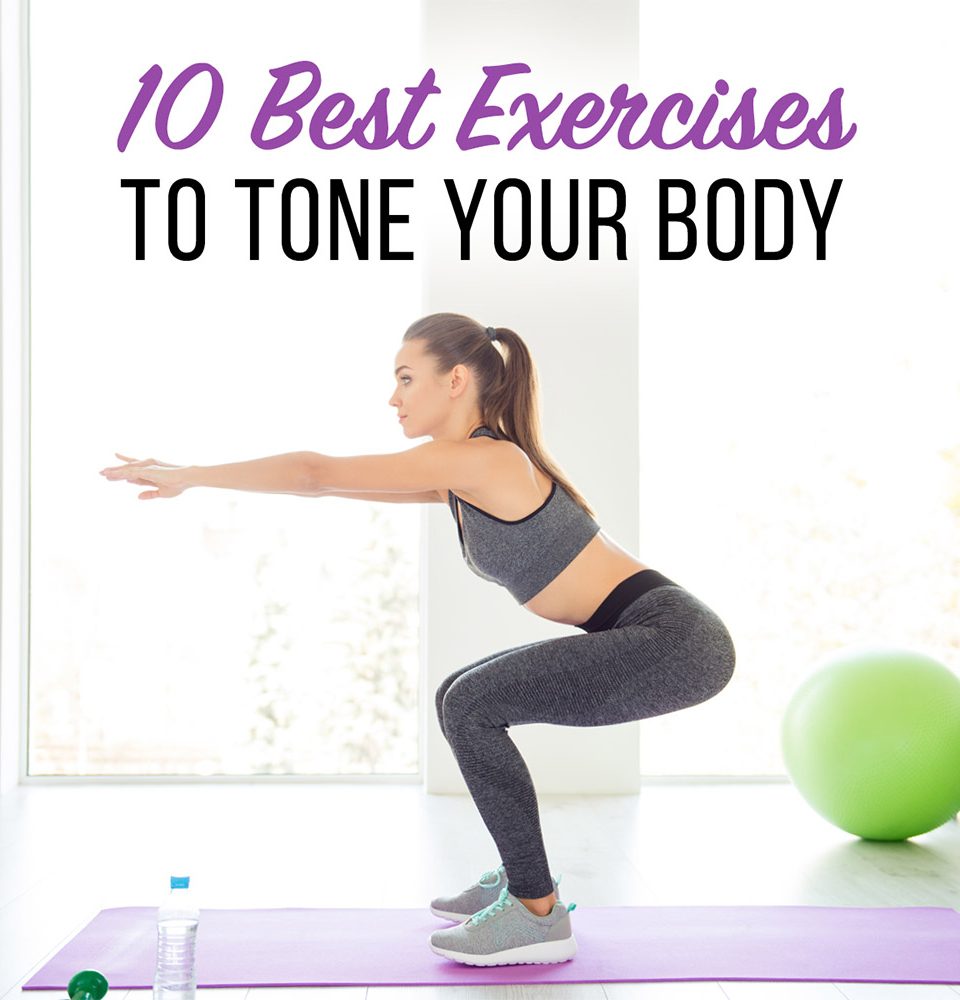
Exercise #9: Inner Thigh Exercises
Different exercises for targeting the inner thighs
Targeting and toning the inner thighs can be achieved through a variety of exercises. Some effective exercises include:
- Side Lunges: Stand with your feet hip-width apart and take a wide step to the side with your right foot. Bend your right knee and lower your body into a lunge position, keeping your left leg straight. Push off with your right foot and return to the starting position, then repeat on the other side.
- Inner Thigh Lifts: Lie on your side with your legs together and extended. Lift your top leg straight up towards the ceiling, then slowly lower it back down. Repeat for a desired number of repetitions, then switch to the other side.
- Sumo Squats: Stand with your feet wider than shoulder-width apart, toes pointed slightly outward. Squat down, keeping your knees aligned with your toes, and then press through your heels to return to the starting position.
Benefits of Inner Thigh Exercises
Inner thigh exercises can help tone and strengthen the muscles in this area, leading to improved leg strength and overall stability. Additionally, targeting the inner thighs can help create symmetry and balance in the lower body, enhancing both aesthetics and functionality.
How to perform Inner Thigh Exercises correctly
- Ensure you have enough space to perform the exercises safely.
- Start with a dynamic warm-up to prepare the muscles for exercise.
- Use controlled movements and focus on feeling the muscles working.
- Incorporate inner thigh exercises into your regular strength training routine, aiming for 2-3 sets of 10-15 repetitions for each exercise.
- Progress by increasing the resistance or difficulty of the exercises over time, such as by adding weights or using resistance bands.
Tips for maximizing the effectiveness of Inner Thigh Exercises
- Engage your core and maintain proper posture throughout the exercises.
- Use a full range of motion in each exercise, ensuring that you feel the muscles stretching and contracting.
- Perform inner thigh exercises as part of a well-rounded fitness routine that includes cardiovascular exercise and other strength training exercises for the whole body.
- Be patient and consistent with your workouts, as noticeable results may take time to appear.
Conclusion
Incorporating these 10 I exercises into your fitness routine can be an effective way to tone and strengthen your body. Whether you’re focusing on the upper body, lower body, or core, each exercise offers unique benefits and challenges.
Remember to prioritize proper form and technique for optimal results, and gradually increase the difficulty and intensity of the exercises as your strength and endurance improve.
By consistently incorporating these exercises into your routine, you can create a well-rounded fitness program that promotes overall toning and strength. So, go ahead and get moving with these 10 I exercises to achieve your fitness goals




